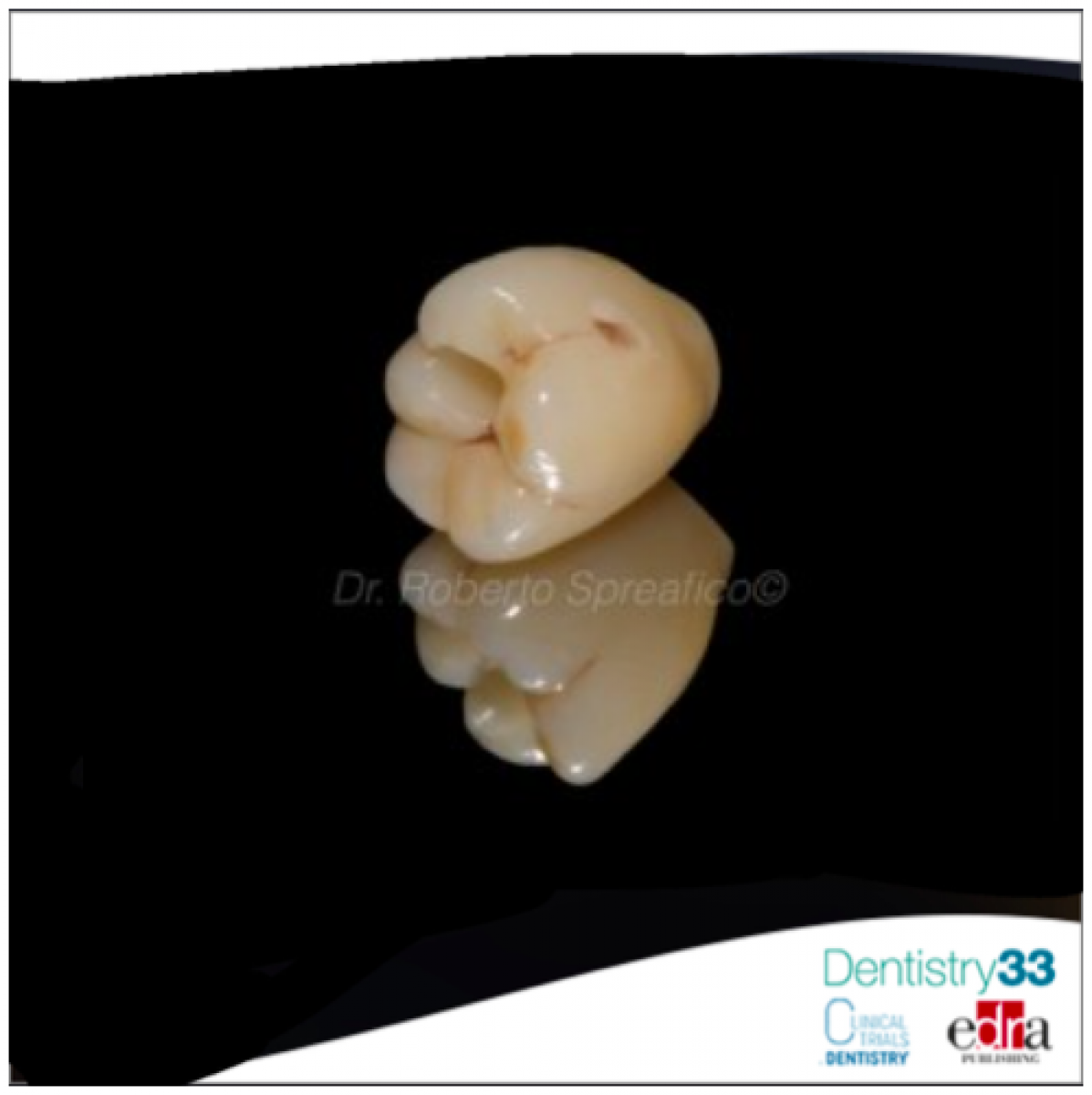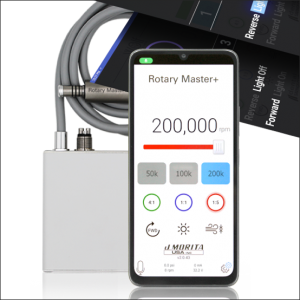
Single implant rehabilitation: Monolithic CAD/CAM lithium disilicate crown VS monolithic CAD/CAM zirconia crown
Simona Chirico
The spread of the CAD/CAM system has become increasingly evident in recent years and its use is not only limited to restorations and prostheses on natural teeth, but also to the rehabilitation of single implants.
The most used materials in CAD/CAM system are lithium disilicate and monolithic zirconia: the first one has high aesthetic performance and requires the use of adhesive cementation techniques; the second has excellent mechanical properties.
But in case of rehabilitation of a single implant, which material do we have to choose between CAD/CAM lithium disilicate and monolithic CAD/CAM zirconia? The answer was given in the cross-sectional study of De Angelis et Al published in the Journal of Prosthetic Dentistry, whose purpose was to appear the clinical outcomes of 2 types of implant-supported crown used to replace a single missing posterior tooth in a completely digital workflow.
Materials and Methods
In this cross-sectional study were enrolled 38 participants, aged 18 years older, who had been treated consecutively with a screw-retained CAD/CAM lithium disilicate or monolithic CAD/CAM zirconia single crowns on a tissue level dental implant between January 1, 2014, and January 1, 2015. Participants were also required to have good oral hygiene before treatment with a full-mouth plaque score and full-mouth bleeding score below 15%.
The 38 participants were recalled as part of their routine follow-up after 1 week and subsequently at 1 and 3 years from the baseline.
At the 1- and 3-year follow-up visits, probing depth (PD) and bleeding on probing (BoP) were recorded. Marginal bone loss and survival and success rates were recorded. Complications were divided into technical and biological categories.
Results
The survival rate of Lithium Disilicate CAD/CAM group and Monolithic Zirconia CAD/CAM group were 100% and they recorded comparable clinical outcomes.
In the lithium disilicate CAD/CAM group 89% of the participants were free of technical complications.
In the Monolithic Zirconia CAD/CAM group was 95%.
All complications were considered minor and were easily resolved, and none of the participants required replacement of a crown.
No biological complications were recorded in either group.
Conclusions
Both CAD/CAM lithium disilicate and monolithic CAD/CAM zirconia are excellent materials to be used for the prosthetic rehabilitation of single implants.
Wanting to be even more precise, as we can see from this cross-sectional study, monolithic CAD/CAM zirconia guarantees greater success in terms of mechanical properties; instead lithium disilicate CAD/CAM guarantees greater success in terms of aesthetics. Therefore it is preferable to choose the type of material based on the clinical situation we are facing.
For additional informations: Monolithic CAD-CAM lithium disilicate versus monolithic CAD-CAM zirconia for single implant-supported posterior crowns using a digital workflow: A 3-year cross-sectional retrospective study
 Tag
Tag
 Read more
Read more
Oral pathology 25 November 2025
Virtual microscopy (VM) is a technology for showing microscope slides using computers and could be considered a progression of classic methodology using optical microscopes.
For every assist this season, the insurance provider will donate $25 to TUSDM Cares for Veterans
Products 25 November 2025
J. MORITA USA, a world leader in handpiece technology, has announced the Rotary Master+ Electric Motor. Compatible with Morita TorqTech electric attachments and most competing electric handpieces on...
News 25 November 2025
Let’s be honest: nothing kills the vibe quite like bad breath. However, while 85% of people prefer for someone to tell them if their breath needs some freshening up, only 15% are willing to break...
News 25 November 2025
Vitana Pediatric & Orthodontic Partners (Vitana), a dentist-led dental partnership organization (DPO) focused exclusively on elite pediatric dental and orthodontic practices with operations in...










